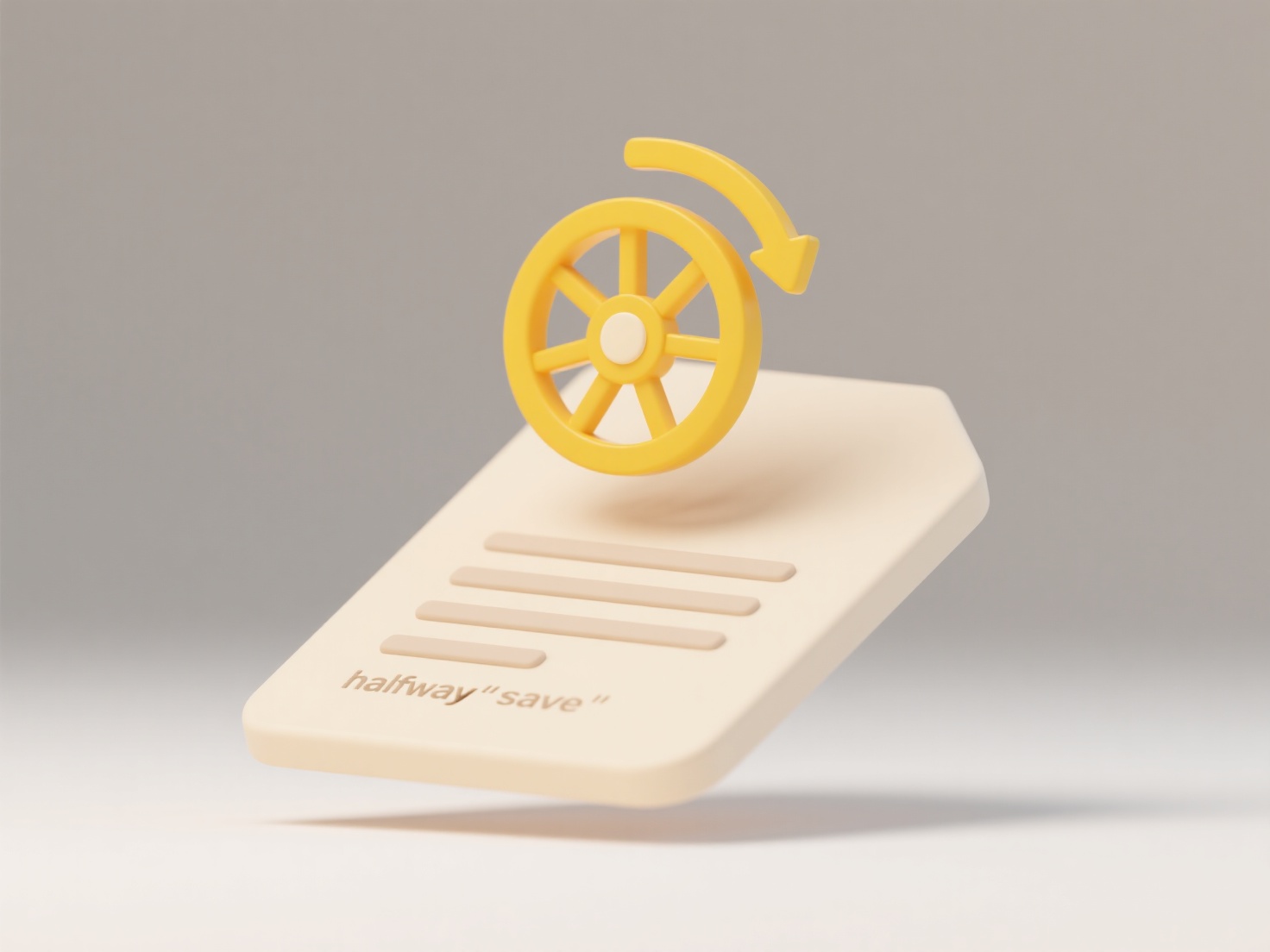
JPG (or JPEG) and PNG are both digital image file formats, but they use fundamentally different compression techniques. JPG employs lossy compression, meaning it permanently discards some image data to achieve significantly smaller file sizes, which is excellent for photos but can cause artifacts and blurring. PNG uses lossless compression, preserving all the original image data without quality degradation upon saving, leading to larger files. A key distinction is that PNG supports transparency, allowing for clean, partial, or full see-through areas, while standard JPG does not.

JPG is the dominant format for photographs on websites, images from digital cameras, and platforms like social media due to its efficient storage. PNG is preferred for graphics requiring sharp edges and transparency, like logos displayed over website backgrounds, detailed screenshots (especially of text or UIs), and digital artwork where precise pixel detail matters.
The major advantage of JPG is its small size, ideal for web loading speeds and storage. Its limitation is the irreversible quality loss upon heavy compression. PNG guarantees quality and supports transparency but results in much larger files. While PNG has no DRM limitations (unlike some formats), its larger size can hinder web performance if used for unsuitable content like large photographs. This trade-off between quality/size and transparency dictates format selection for specific needs.
What is the difference between .jpg and .png?
JPG (or JPEG) and PNG are both digital image file formats, but they use fundamentally different compression techniques. JPG employs lossy compression, meaning it permanently discards some image data to achieve significantly smaller file sizes, which is excellent for photos but can cause artifacts and blurring. PNG uses lossless compression, preserving all the original image data without quality degradation upon saving, leading to larger files. A key distinction is that PNG supports transparency, allowing for clean, partial, or full see-through areas, while standard JPG does not.

JPG is the dominant format for photographs on websites, images from digital cameras, and platforms like social media due to its efficient storage. PNG is preferred for graphics requiring sharp edges and transparency, like logos displayed over website backgrounds, detailed screenshots (especially of text or UIs), and digital artwork where precise pixel detail matters.
The major advantage of JPG is its small size, ideal for web loading speeds and storage. Its limitation is the irreversible quality loss upon heavy compression. PNG guarantees quality and supports transparency but results in much larger files. While PNG has no DRM limitations (unlike some formats), its larger size can hinder web performance if used for unsuitable content like large photographs. This trade-off between quality/size and transparency dictates format selection for specific needs.
Related Recommendations
Quick Article Links
What is a .mobi file used for?
A .mobi file is a format used for digital eBooks, primarily associated with Amazon Kindle devices. It's designed to cont...
Are AI models trained on my data or are they fixed?
Are AI models trained on my data or are they fixed? Wisfile's AI models are fixed and never train on your personal fil...
Can I use a spreadsheet to track files?
Spreadsheets provide a manual alternative to specialized systems for organizing file details, allowing users to log attr...